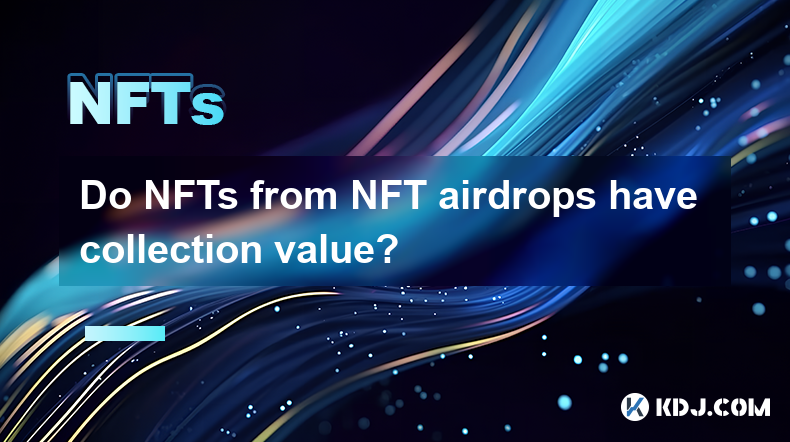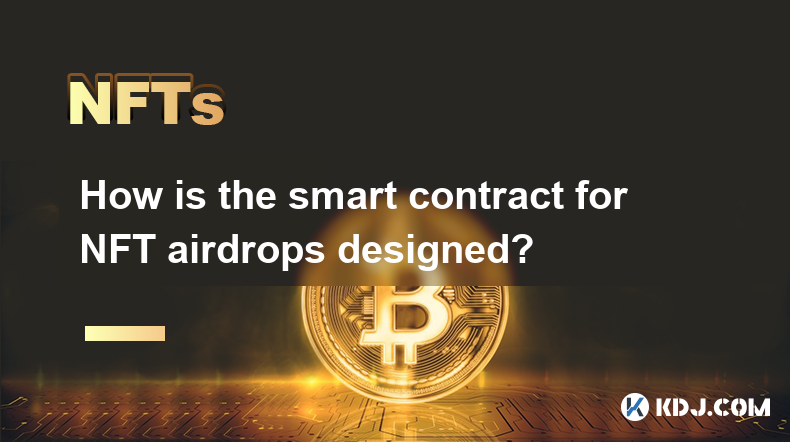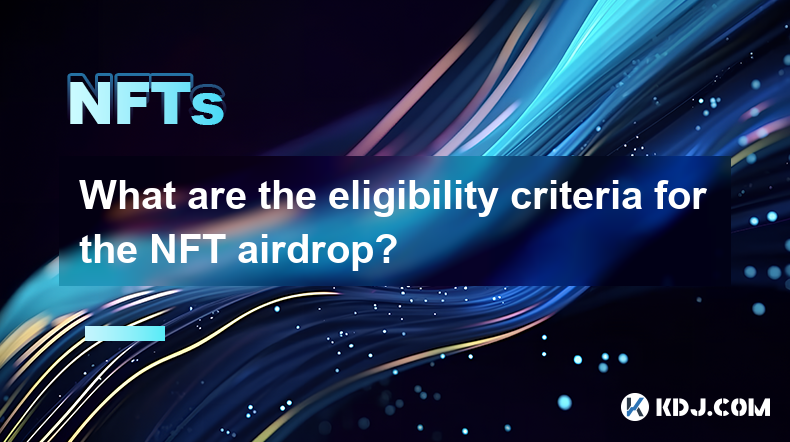-
 Bitcoin
Bitcoin $84,912.1002
0.22% -
 Ethereum
Ethereum $1,597.4099
0.99% -
 Tether USDt
Tether USDt $1.0000
0.00% -
 XRP
XRP $2.0848
1.56% -
 BNB
BNB $592.5467
0.52% -
 Solana
Solana $138.6661
3.38% -
 USDC
USDC $1.0000
0.02% -
 Dogecoin
Dogecoin $0.1597
3.32% -
 TRON
TRON $0.2416
-1.86% -
 Cardano
Cardano $0.6327
3.32% -
 UNUS SED LEO
UNUS SED LEO $9.2836
0.56% -
 Chainlink
Chainlink $12.7262
1.41% -
 Avalanche
Avalanche $19.2768
1.31% -
 Stellar
Stellar $0.2442
1.08% -
 Toncoin
Toncoin $2.9950
1.32% -
 Shiba Inu
Shiba Inu $0.0...01231
4.65% -
 Hedera
Hedera $0.1668
2.11% -
 Sui
Sui $2.1474
1.41% -
 Bitcoin Cash
Bitcoin Cash $337.5269
2.68% -
 Hyperliquid
Hyperliquid $17.5726
3.68% -
 Polkadot
Polkadot $3.7336
2.05% -
 Litecoin
Litecoin $76.5245
1.70% -
 Dai
Dai $1.0001
0.02% -
 Bitget Token
Bitget Token $4.4585
2.30% -
 Ethena USDe
Ethena USDe $0.9993
0.01% -
 Pi
Pi $0.6558
7.05% -
 Monero
Monero $214.1926
-0.69% -
 Uniswap
Uniswap $5.2567
1.90% -
 Pepe
Pepe $0.0...07325
4.28% -
 OKB
OKB $50.6926
1.82%
Can NFT become the connection point between the virtual and real worlds in the Metaverse?
NFTs, with verifiable ownership and scarcity, could bridge the metaverse and real world by representing real assets, but challenges in interoperability, scalability, and legal frameworks need addressing for seamless virtual-real ownership transfer.
Mar 12, 2025 at 06:00 pm

Key Points:
- NFTs' unique characteristics, such as verifiable ownership and scarcity, make them ideal for representing real-world assets in the metaverse.
- Bridging the gap requires overcoming challenges in interoperability, scalability, and regulatory clarity.
- Successful integration hinges on developing secure and user-friendly platforms that facilitate seamless transfer between virtual and real-world ownership.
- The potential for NFTs to represent fractional ownership of real assets opens exciting new possibilities.
- However, legal frameworks need to adapt to this new paradigm to avoid potential conflicts.
Can NFT Become the Connection Point Between the Virtual and Real Worlds in the Metaverse?
The metaverse, a persistent, shared, 3D virtual world, holds immense potential for revolutionizing how we interact, work, and play. A key question is how to bridge the gap between this digital realm and our physical reality. Non-Fungible Tokens (NFTs), with their ability to represent unique digital assets, are increasingly seen as a crucial link. Their unique properties, such as verifiable ownership and scarcity, make them ideal candidates for representing real-world assets within the metaverse.
NFTs currently represent digital art, collectibles, and in-game items. However, their potential extends far beyond this. Imagine owning a digital twin of your real-world house in the metaverse, represented by an NFT. This digital twin could be rented out, generating income represented as cryptocurrency. This demonstrates the potential for NFTs to become a powerful tool for connecting virtual and real-world economies. This connection, however, is not without its hurdles.
One significant challenge lies in ensuring interoperability between different metaverse platforms. An NFT representing a piece of virtual land on one platform may not be recognized on another, limiting its utility. This lack of standardization hinders the seamless movement of assets between virtual worlds, a crucial aspect of bridging the virtual and real. The need for a more unified approach to NFT standards and protocols is paramount.
Scalability is another crucial factor. The current infrastructure supporting NFTs often struggles with high transaction fees and slow processing times, particularly during peak periods. As the adoption of NFTs grows, addressing these scalability issues is vital to prevent bottlenecks and ensure smooth transitions between virtual and real-world assets. This includes advancements in blockchain technology and the development of more efficient platforms.
Legal and regulatory frameworks also need to adapt to this evolving landscape. The legal implications of owning a digital twin of a physical asset, and the subsequent rights and responsibilities associated with it, are still largely unexplored. Clearer legal guidelines are needed to protect both buyers and sellers and prevent potential disputes. This includes defining property rights in the metaverse and establishing mechanisms for resolving conflicts.
Furthermore, the process of transferring ownership of real-world assets represented by NFTs needs to be streamlined. Currently, transferring ownership of a physical asset often involves complex legal procedures. A seamless transition between virtual and real-world ownership requires simpler, more secure, and user-friendly platforms. This includes developing systems that automatically update ownership records on both the physical and digital registries.
The potential for fractional ownership of real-world assets through NFTs is another fascinating aspect. Imagine owning a share of a building, represented by an NFT, granting you a proportional share of the rental income. This democratizes access to investments previously accessible only to a select few. However, this also introduces new complexities in managing fractional ownership, requiring robust governance structures and transparent mechanisms for distributing profits and losses.
Security is a paramount concern. The vulnerability of NFTs to theft and fraud needs to be addressed. Strong security measures, such as multi-factor authentication and robust smart contract auditing, are essential to protect users and maintain trust in the system. This includes educating users about the risks associated with NFTs and promoting best practices for secure storage and handling.
The creation of robust and reliable platforms is critical. Users need easy-to-use interfaces to seamlessly manage their NFTs, track their value, and transfer ownership. This requires developing intuitive user experiences that simplify the often complex processes involved in managing digital assets. This is crucial for mass adoption and preventing user confusion.
Frequently Asked Questions:
Q: What are the main technological challenges hindering the use of NFTs as a bridge between the virtual and real worlds?
A: The primary challenges include interoperability between different metaverse platforms, scalability issues related to transaction fees and processing speeds, and the need for more secure and user-friendly platforms for managing NFTs representing real-world assets.
Q: What are the legal and regulatory uncertainties surrounding the use of NFTs for representing real-world assets?
A: The lack of clear legal frameworks defining property rights in the metaverse, the implications of owning digital twins of physical assets, and the processes for resolving disputes related to NFT ownership are significant uncertainties.
Q: How can the security risks associated with NFTs be mitigated?
A: Implementing strong security measures such as multi-factor authentication, robust smart contract audits, and user education on secure storage and handling practices are crucial for mitigating security risks.
Q: What role do decentralized autonomous organizations (DAOs) play in managing fractional ownership of real-world assets represented by NFTs?
A: DAOs can provide transparent and efficient governance structures for managing fractional ownership, facilitating decision-making and distributing profits and losses among NFT holders.
Q: What are some examples of current applications or projects exploring the connection between NFTs and real-world assets?
A: Several projects are exploring tokenizing real estate, art, and other physical assets, creating digital twins represented by NFTs. These projects aim to simplify ownership transfer and facilitate fractional ownership.
Disclaimer:info@kdj.com
The information provided is not trading advice. kdj.com does not assume any responsibility for any investments made based on the information provided in this article. Cryptocurrencies are highly volatile and it is highly recommended that you invest with caution after thorough research!
If you believe that the content used on this website infringes your copyright, please contact us immediately (info@kdj.com) and we will delete it promptly.
- Ethena Labs Unveils Converge, a New Layer-1 Blockchain Targeting Tokenized Real-World Assets
- 2025-04-19 12:20:14
- FBI Releases Five Warnings to Help Protect Investors in the Cryptocurrency Space
- 2025-04-19 12:20:14
- Today, the Official Trump ($TRUMP) meme coin tokens have been unlocked, sparking panic among investors.
- 2025-04-19 12:15:14
- Dogecoin (DOGE) Price Prediction: Will the Original Memecoin Reach $1 by Late Summer 2025?
- 2025-04-19 12:15:14
- Resilience is a Distinct Attribute of Solana
- 2025-04-19 12:10:13
- Astar Network Adjusts Its Token Issuance Model to Stabilize APY and Reduce Inflation
- 2025-04-19 12:10:13
Related knowledge

How to display and trade NFTs from NFT airdrops?
Apr 18,2025 at 04:42am
How to Display and Trade NFTs from NFT Airdrops? NFT airdrops have become a popular way for projects to distribute their tokens and engage with their community. If you've received NFTs through an airdrop, you might be wondering how to display and trade them. This article will guide you through the process step-by-step, ensuring you can showcase your NFT...

Do NFTs from NFT airdrops have collection value?
Apr 18,2025 at 11:49pm
NFTs, or non-fungible tokens, have become a significant part of the cryptocurrency ecosystem, and NFT airdrops are one way for projects to distribute these digital assets to their community. A common question that arises is whether NFTs received from airdrops have any collection value. To answer this question, we need to delve into various aspects of NF...

How is the smart contract for NFT airdrops designed?
Apr 18,2025 at 03:10am
The design of a smart contract for NFT airdrops is a complex process that requires careful consideration of various factors to ensure the airdrop is executed smoothly and securely. This article will delve into the intricacies of how such a smart contract is designed, focusing on key components, security measures, and the implementation process. Key Comp...

What are the eligibility criteria for the NFT airdrop?
Apr 17,2025 at 04:56pm
Understanding NFT AirdropsNFT airdrops are a popular method used by blockchain projects to distribute non-fungible tokens (NFTs) to their community members. These airdrops can serve various purposes, such as rewarding loyal users, promoting new projects, or increasing the visibility of existing ones. To participate in an NFT airdrop, individuals must me...

How to protect the copyright of artworks on NFT platforms?
Apr 19,2025 at 06:28am
The rise of Non-Fungible Tokens (NFTs) has revolutionized the way digital art is created, bought, and sold. As artists increasingly turn to NFT platforms to showcase and monetize their work, protecting the copyright of these artworks becomes a crucial concern. This article explores various strategies and tools that artists can use to safeguard their int...

How to attract artists and creators to join the NFT platform?
Apr 18,2025 at 02:50pm
Attracting artists and creators to join an NFT platform is crucial for its success and growth. By understanding their needs and offering unique features, you can create a thriving community of digital artists and content creators. In this article, we will explore several strategies to entice artists and creators to join your NFT platform. Understanding ...

How to display and trade NFTs from NFT airdrops?
Apr 18,2025 at 04:42am
How to Display and Trade NFTs from NFT Airdrops? NFT airdrops have become a popular way for projects to distribute their tokens and engage with their community. If you've received NFTs through an airdrop, you might be wondering how to display and trade them. This article will guide you through the process step-by-step, ensuring you can showcase your NFT...

Do NFTs from NFT airdrops have collection value?
Apr 18,2025 at 11:49pm
NFTs, or non-fungible tokens, have become a significant part of the cryptocurrency ecosystem, and NFT airdrops are one way for projects to distribute these digital assets to their community. A common question that arises is whether NFTs received from airdrops have any collection value. To answer this question, we need to delve into various aspects of NF...

How is the smart contract for NFT airdrops designed?
Apr 18,2025 at 03:10am
The design of a smart contract for NFT airdrops is a complex process that requires careful consideration of various factors to ensure the airdrop is executed smoothly and securely. This article will delve into the intricacies of how such a smart contract is designed, focusing on key components, security measures, and the implementation process. Key Comp...

What are the eligibility criteria for the NFT airdrop?
Apr 17,2025 at 04:56pm
Understanding NFT AirdropsNFT airdrops are a popular method used by blockchain projects to distribute non-fungible tokens (NFTs) to their community members. These airdrops can serve various purposes, such as rewarding loyal users, promoting new projects, or increasing the visibility of existing ones. To participate in an NFT airdrop, individuals must me...

How to protect the copyright of artworks on NFT platforms?
Apr 19,2025 at 06:28am
The rise of Non-Fungible Tokens (NFTs) has revolutionized the way digital art is created, bought, and sold. As artists increasingly turn to NFT platforms to showcase and monetize their work, protecting the copyright of these artworks becomes a crucial concern. This article explores various strategies and tools that artists can use to safeguard their int...

How to attract artists and creators to join the NFT platform?
Apr 18,2025 at 02:50pm
Attracting artists and creators to join an NFT platform is crucial for its success and growth. By understanding their needs and offering unique features, you can create a thriving community of digital artists and content creators. In this article, we will explore several strategies to entice artists and creators to join your NFT platform. Understanding ...
See all articles























































































